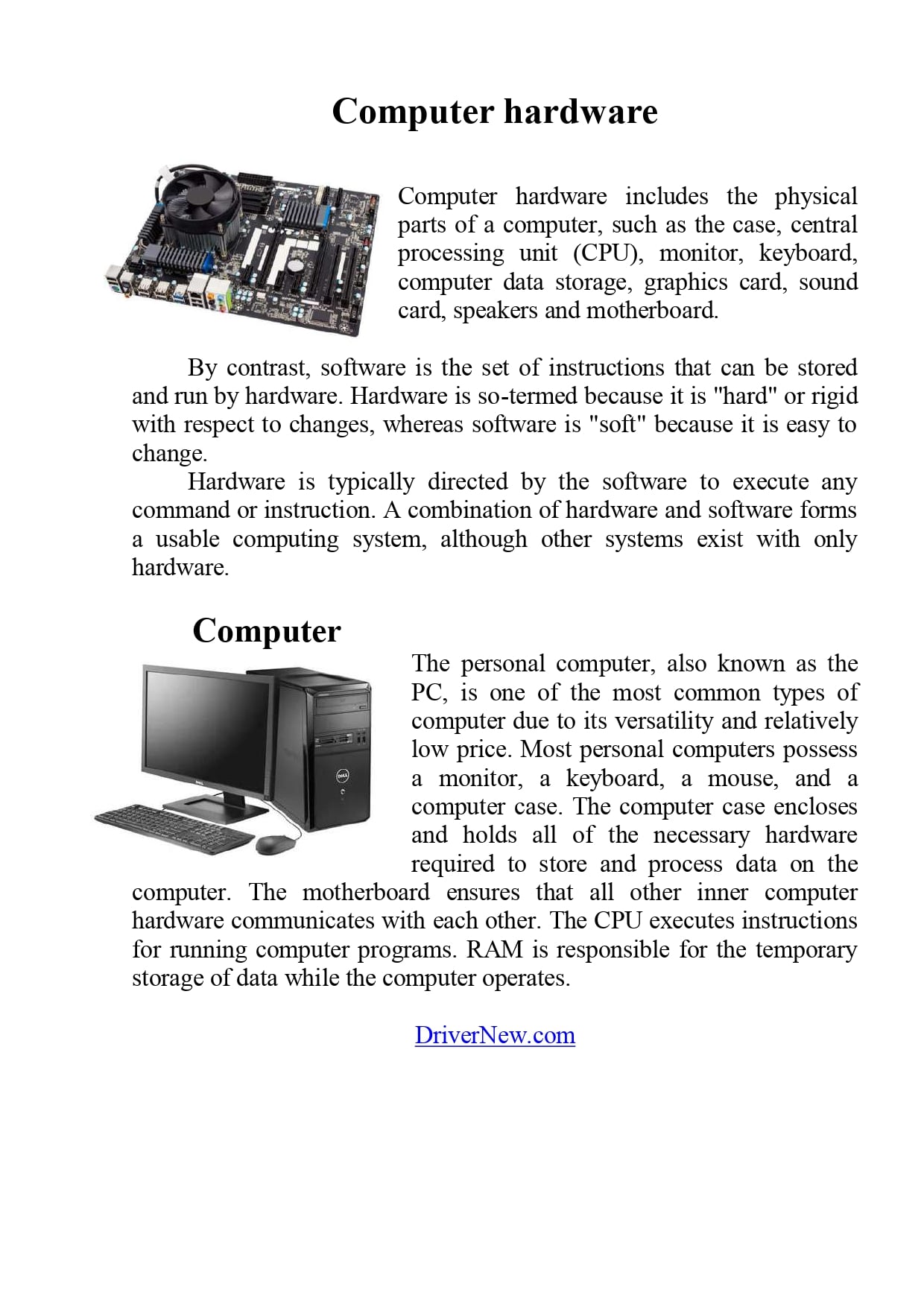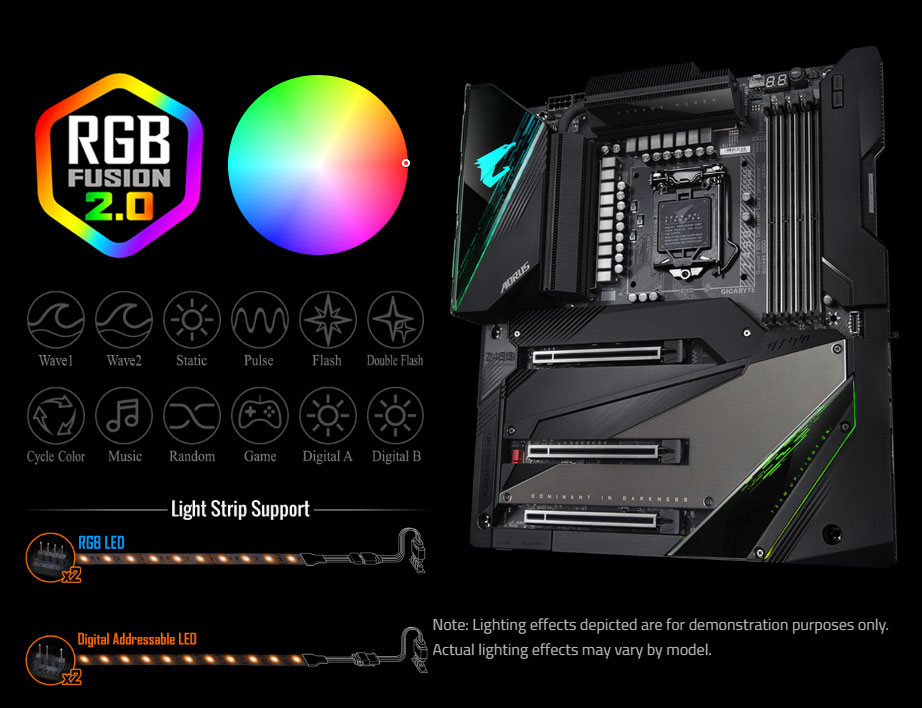Leadcore Network & Wireless Cards Driver Download
Leadcore Technology Co Ltd Leadcore Technology Co. Manufactures and distributes electronic products. The Company produces mobile phone chips, terminal chips, baseband chips, and other products. Datang Leadcore 4G TD-LTE USB modem is the first 4G LTE datacard from Datang Telecom. It's released at MWC 2012 for China Mobile 3G & 4G networks. Datang Leadcor 4G Modem could support TD-LTE network and TD-SCDMA networks. It supports TDD Band 38 (2600MHz) and Band 40 (2300MHz). Leadcore Technology Co., Ltd. (Leadcore) is one of the core members of Datang Telecom Technology and Industry Group, taking advantage of the core technologies and patents in TD-SCDMA and TD-LTE of. Ledcor Technical Services has been building and servicing communication networks for customers across North America since 1979. We have the unique ability to provide full turnkey communication solutions.
By Kirt Hedquist Doctor Sonar® Pro Staff
Leadcore trolling, for me, has become a huge part of my fishing arsenal. At one time I was strictly a live bait rigger, and unless I had a hunk of meat on a hook where I didn’t feel comfortable. Fishing various bodies of water and the utilization of leadcore in particular; I would like to share with you some of the details that I have learned through trial and error about how to leadcore troll in order to help shorten your learning curve. You can virtually troll any kind of bait on leadcore: stick baits, shad style baits, deep diving stick baits or shallow style baits along with the recent rage of spinnerbaits. The biggest challenge you will come across is trying to figure out which lures trigger the most bites. That can be accomplished by simply running different lures and allowing the fish clue you into what they want.
Other key components include your rod and reel choices. A rod with some shock absorbency, and not resembling a buggy whip, is needed because leadcore does in of itself does not have any give to it. St Croix has recently introduced the Eyecon Trolling Rod line-up that includes rod lengths from 5’ up to 12’6”. I personally prefer the 5’ and the 10’6” models due to the fact they give a nice spread and are easy to handle. I use the “47 series” reels, which have line-counters, and will accept all 10 colors of leadcore line allowing the ability to achieve greater depths if needed. If you are not familiar with leadcore line, it’s a long thread of lead wire coated with a Dacron covering for strength. It comes in several weights in which18# test is the most popular for walleye trolling because of its smallest diameter-to-weight ratio of all the available lines.
Another vital component is the leader material which I prefer to use braided line in the 10-14# test range with a leader length of 20’. The reason I prefer braided line is because of its no-stretch quality that and can, through telegraph, communicate back to the rod tip what the crank bait is doing. This gives a good indication as to what the crank bait is doing such as fouling with weeds or skipping across the bottom and helps me to find the perfect position when setting the lure. Fluorocarbon line is another excellent leader material for clear water applications along with abrasion resistance when lures run close to, or on the bottom. The action of the St Croix Eyecon gives just the right amount shock absorbency to prevent the baits from ripping out of a fish’s mouth. Some anglers are fighting fish they prefer monofilament line for its shock absorbency qualities with the no stretch properties of lead core.
There are a couple of options to attach the leader material to the leadcore line.
• The Uni-knot - Take the leadcore line and push back the Dacron covering about 10” and break the lead off, you now have a section of line flexible to tie with, following the photo below
• A barrel swivel that is small enough to fit through the eyelets
Now that you have the basic setup about how to leadcore troll down you need to get your boat properly setup. It can get very tiring holding on to one of these rods while trolling all day, so using rod holders is a must. You are going to need to find some good, stout rod holders with adjustability. I prefer running three rod holders on each side of my Tuffy 1890 so when I have fish on the front or outside line, I can clear the inside rod to the opposite side making room to fight the fish.
Variables such as time of year, water temperature, forage and depths fish are holding can be determined using quality electronics and mapping. With the introduction of the Lowrance HDS units with Structure Scan, you now have the ability to see a picture-like view of the bottom, and the Side Scan allows the angler to see suspended fish and those holding to structures out to side of their boat. It’s almost like having a huge “visual trawler net” gathering fish images. Quality mapping is essential, HD mapping from Navionics takes the guesswork out of finding intricate fish holding structures and following contour lines.
Main trolling propulsion is provided by a gas powered kicker such as Mercury 9.9 Pro-Kicker. Using a kicker powered by gas allows all day trolling at speeds as low as 1.0 mph up to 4+mph. For added boat control, using a remote controlled bow mount will supply added control when contour trolling, It makes things easier if the bow mount has an autopilot feature by keeping the boat true when fighting hooked fish.
You must be mindful of the depth at which the leadcore will bring your crank bait to. Because the line is larger in diameter the depth is speed varies, the faster you go the higher your crank bait will run. When you slow down it runs deeper; speed up it rises in the water column…adjusting the amount of line to fine-tune the depth your baits run. There seems to no consistent dive curve, I have found lures typically run an additional 5’ deeper at 2 mph, and after some time on the water you will get a feel for this. So what starting speeds should you typically run? I most often find myself in the 2.0 to 2.8 mph range, but here is where you need to let the fish tell you the speed that they prefer. It is key to watch the rod tip for vibration as various lures have different levels of vibration, and a lack of tip vibration usually indicates a fouled lure. You must be careful and avoid letting too much line out as the leadcore line will drag on bottom. The St Croix Eyecon trolling rod series provides excellent action for reading the rod tip.
Here are some tips when you’re using leadcore:
• You don’t need to set the hook, let the fish fight for a bit before grabbing the rod out of the holder. This will help drive the hooks in and tire them out
• Grab the rod out the holder (no need to pump the rod) applying a steady and slow pace when reeling. If the fish wants to run let them, don’t horse them in, you WILL tear the hook out.
• Make sure you check your drag. Set it on the loose side due to the low stretch factor of the line. This helps to prevent hook tear outs.
• Keep the rod tip low to the water; this keeps the fish from flopping on the surface and reduces the risk of them coming loose.
• Run larger, deeper diving lures. For example a #7 on the inside lines and a #5 on the outside lines, this will stagger the amount of line deployed preventing fouling.
This method aided me in winning the 2009 FLW Walleye League Championship, and I’m sure these tips will help you too!
 Electronics Production | December 04, 2006
Electronics Production | December 04, 2006 Lead Core Network Services

Leadcore Network & Wireless Cards Driver Download Free

T-Mobile UK has selected Ericsson as its sole partner for a dual 2G/3G core network modernization programme. As T-Mobile UK's prime integrator, Ericsson will take full turn-key responsibility for the supply of equipment, deployment, integration and live migration.

Ledcor Construction
